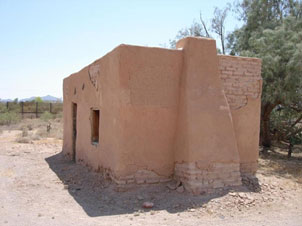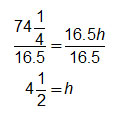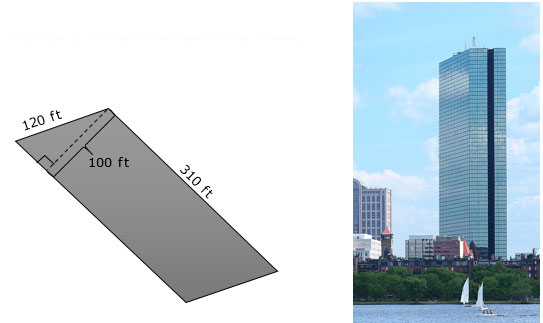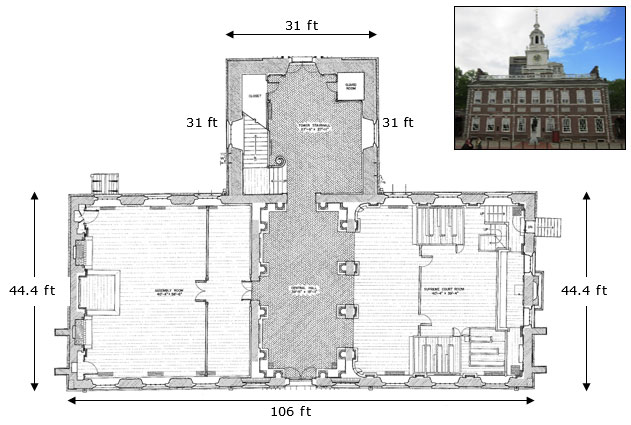In this section, you will apply the area formulas for parallelograms, including rectangles and squares, in order to solve application problems. To begin, you need to know how to write an expression or equation from an area formula. If you are calculating the area, then you will have an expression that can be simplified using the order of operations. If you know the area and are looking for one of the dimensions, then you can use inverse operations to solve the equation for the unknown dimension.
![]() Use the interactive below to match each problem situation with an equation. To make the match, drag the correct equation from the column on the right and drop it next to the appropriate problem. Use the reference materials to help you identify the area formulas, if necessary.
Use the interactive below to match each problem situation with an equation. To make the match, drag the correct equation from the column on the right and drop it next to the appropriate problem. Use the reference materials to help you identify the area formulas, if necessary.
Use your completed table and the interactive to answer the questions that follow.
Interactive popup. Assistance may be required.
The base is one edge of the parallelogram, and the height is perpendicular to the base. The height is not the edge adjacent to the base.
Interactive popup. Assistance may be required.
Partition the figure into rectangles by extending an edge of the figure from a vertex into the interior of the figure.
Interactive popup. Assistance may be required.
Use the area formula for a rectangle, since a square is a special type of rectangle that happens to have all 4 sides congruent.
Now that you have correctly identified the equations necessary to solve each problem, use the equations to determine the solution to each of the four problems in the interactive.
![]() Click on each problem below to check your solution.
Click on each problem below to check your solution.
With some word problems involving area, you can use a problem solving model to help you create and implement a plan to solve the problem.
A problem solving process has four steps.

You can use the problem solving process to solve area problems.

Source: Gachado Well Line Camp Adobe House, National Park Service
![]()
Why are the area formulas for parallelograms and rectangles the same?


Suppose a parallelogram has a base length of 16.5 yards and an area of 741 over 4 1 4 square yards. How could you determine the height of the parallelogram?



Source: John Hancock Tower, Tomtheman5, Wikimedia Commons


Source: HABS measured drawing of the first floor of Independence Hall, Library of Congress, Wikimedia Commons
Write an equation that you could use to determine the area of the first floor of Independence Hall.